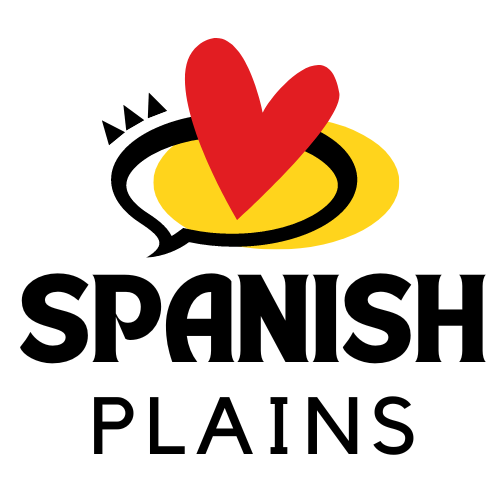Introduction
Granada, a city nestled in the beautiful region of Andalusia, Spain, is famous for its magical display of flamenco.
Regarded as a cultural treasure, flamenco has captivated audiences around the world with its passionate dance moves,
enchanting music, and soulful singing. Granada’s flamenco scene is rooted in centuries-old traditions that have
evolved into a unique artistic expression. Experience the fervor and tradition of Granada’s flamenco, as we delve
into its rich history, distinctive style, and enduring legacy.
The Origins of Flamenco
The exact origins of flamenco are unclear, as it emerged from a blend of influences including Romani music,
Moorish folk songs, and Andalusian cultural heritage. During the 18th and 19th centuries, flamenco developed
in the taverns and gatherings of Andalusia’s marginalized communities, giving voice to the struggles and joys
of the dispossessed. Over time, it grew to become a vital part of Spanish cultural identity, representing the
resilience and emotive power of the human spirit.
The Granada Style
Granada’s flamenco style is characterized by its profound intensity and emotional depth. Performances in Granada
often feature intricate footwork, hand clapping, and rapid guitar strumming that evokes a sense of raw passion.
The cante, or flamenco singing, showcases a haunting melody accompanied by heartfelt lyrics that tell stories of
love, despair, and longing. Granada’s flamenco draws heavily from its vibrant gypsy heritage, adding a touch of
mysticism and nomadic sensibility to its artistry.
The Sacromonte Neighborhood
One of the most iconic places to experience flamenco in Granada is the Sacromonte neighborhood. Located on the
hillside overlooking the city, Sacromonte is renowned for its cave dwellings, which have become intimate,
atmospheric venues for flamenco performances. The neighborhood’s rich cultural history and the fusion of
traditional and contemporary flamenco styles make it a must-visit for any flamenco enthusiast.
The Festival Internacional de Música y Danza
Each year, Granada hosts the Festival Internacional de Música y Danza, a world-renowned event that celebrates music,
dance, and, of course, flamenco. This festival attracts talented artists from all over the world and offers an
immersive experience into the diverse facets of flamenco. From traditional performances in grand theaters to
impromptu gatherings in the narrow streets of Granada, the festival infuses the city with a vibrant energy
that showcases flamenco as a living, breathing art form.
FAQs Section
Q: What is the significance of flamenco in Spanish culture?
A: Flamenco is not only an art form but also an integral part of Spain’s cultural heritage. It reflects the
collective memory, resilience, and passion of the Spanish people. Its influence can be seen in literature,
painting, and other art forms, making it a symbol of national identity.
Q: Are there flamenco schools in Granada?
A: Yes, Granada is home to several prestigious flamenco schools. These institutions offer classes for both
beginners and advanced students, providing an opportunity for people to learn the art of flamenco and deepen
their understanding of its history and techniques.
Q: Can anyone attend flamenco performances in Granada?
A: Absolutely! Flamenco performances in Granada are open to everyone, both locals and tourists alike. There are
numerous venues throughout the city where you can witness the power and beauty of this art form.
Q: Is flamenco only about dancing?
A: Flamenco encompasses three essential elements: singing (cante), dancing (baile), and guitar playing (toque).
Each element is equally important and contributes to the overall flamenco experience. The combination of these
components creates a harmonious and reflective expression of human emotion.
Q: How can I immerse myself in Granada’s flamenco culture?
A: To truly immerse yourself in Granada’s flamenco culture, explore the Sacromonte neighborhood, where you can
experience flamenco in its most authentic setting. Attend flamenco shows, visit flamenco-related museums, and
engage with local flamenco artists to gain a deeper appreciation for this beautiful art form and its
significant presence in Granada.
